At first glance, floating shelves seem like a simple design choice – a sleek, space-saving solution that fits...
- There are no more items in your cart
- Shipping
- Total £0.00
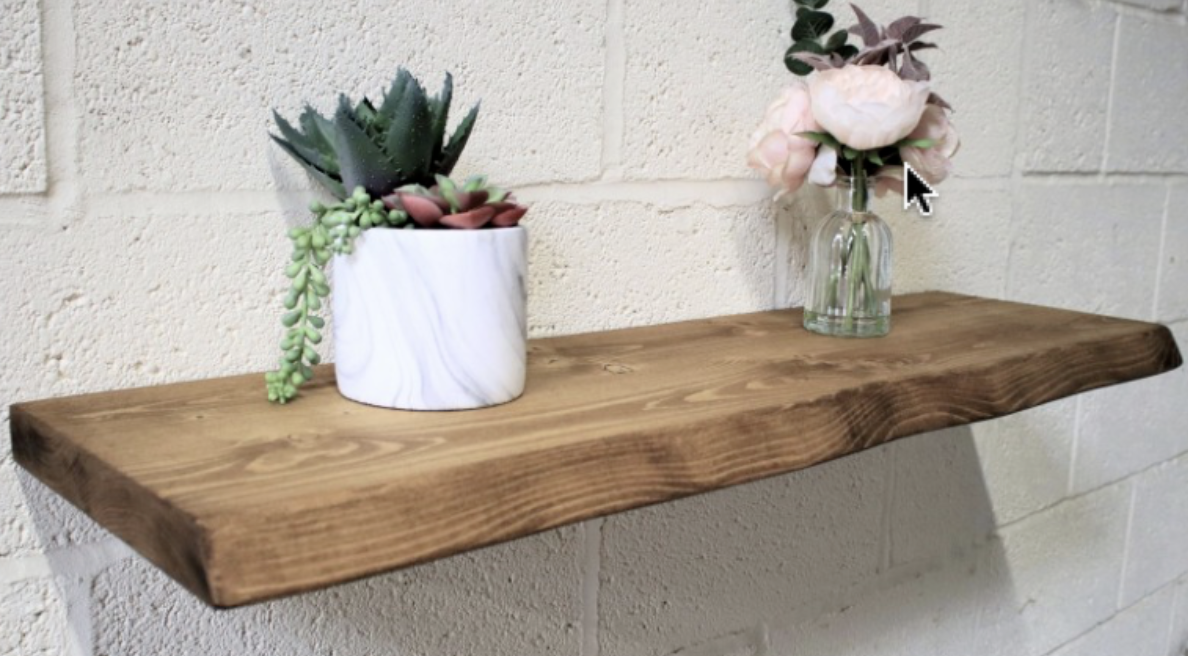
Cultural stories told through shelves: how storage reflects traditions and lifestyles
When you look at a shelf, you probably see a practical object – something to hold your books, plates, or decorations. But shelves have always been more than that. They are part of cultural expression, telling us about values, aesthetics, and traditions across time and geography. A shelf is not only about what it holds but about what it communicates. The way it is built, arranged, and styled often reveals hidden layers of history and identity. Think of a monastery library where wooden shelves carried sacred manuscripts, a Japanese alcove displaying a single flower arrangement, or a Victorian living room filled with trinkets from overseas journeys. Each of these examples is not just storage – it is a cultural story written in wood, stone, or even carved into walls. Exploring shelves through this perspective lets us see them not just as furniture but as reflections of human life.
Table of contents
- Introduction
- Shelves as cultural symbols across history
- Eastern traditions: simplicity, spirituality, and symbolism
- Western approaches: function, display, and abundance
- Indigenous perspectives: shelves as part of living with nature
- Modern global fusion: blending traditions in contemporary homes
- What your shelf says about you today
- Conclusion
Shelves as cultural symbols across history
Shelves have been part of everyday life for centuries, though their form and purpose have changed. In ancient times, niches in stone walls acted as natural shelves, holding offerings, religious icons, or tools. Medieval monasteries in Europe developed carefully crafted wooden shelving to preserve books, each plank serving as a silent guardian of knowledge. In Asia, shelving had symbolic roles as much as practical ones – the Japanese tokonoma wasn’t a shelf in the Western sense but worked like one, offering a stage for scrolls, pottery, or ikebana arrangements, always minimal and mindful. In contrast, in many parts of the world, rural homes used simple planks or beams attached to walls, often handmade, to hold heirlooms, food, or objects passed down through generations. What unites all these examples is that shelves always reflected priorities: in some cultures, learning and religion, in others, family and heritage, and in still others, beauty and philosophy.
Eastern traditions – simplicity, spirituality, and symbolism
In Eastern traditions, shelves are rarely about filling space. Instead, they focus on restraint, intention, and meaning. In Japan, the philosophy of wabi-sabi has shaped how shelves are used. Rather than cramming them full, objects are chosen sparingly. A vase, a single branch, or a small sculpture placed on a shelf is not decoration in the Western sense but an invitation to pause and appreciate imperfection, silence, and emptiness. The emptiness on a shelf is as important as the object itself. In China, scholar’s shelves were richly symbolic. They often carried books, scrolls, brushes, and ink stones, items associated with wisdom and reflection. But they were not random collections. Each object told others about the person’s values, status, and intellectual world. Even today, shelves in Eastern homes often serve spiritual or aesthetic roles, holding tea sets, calligraphy, or small shrines, blending function with cultural ritual.
Western approaches – function, display, and abundance
Western traditions often took the opposite approach, using shelves to showcase abundance and personality. Bookshelves became central to libraries, not only to preserve knowledge but also to signal wealth and status. During the Renaissance and Enlightenment, a well-stocked bookshelf was a declaration of education. By the Victorian era, shelves and cabinets became stages for souvenirs, porcelain, and decorative items collected from travels or colonial trade. This love of abundance made shelves into storytelling devices, revealing connections to exploration, industry, and class. In the 20th century, industrial design simplified shelves into functional tools, seen in kitchens, garages, and offices, yet the Western tendency to fill space with visible objects never disappeared. A shelf in a Western living room still often becomes a visual diary of the family’s story, filled with framed photos, books, or keepsakes.
Indigenous perspectives: shelves as part of living with nature
In Indigenous traditions, shelves were rarely “designed” furniture in the modern sense but more often integrated into the natural structure of homes. In adobe dwellings of the American Southwest, niches carved directly into walls became shelves for food, ritual items, or tools. In Nordic and Arctic communities, wooden shelves built into cabins lifted supplies off the ground, keeping them dry and accessible. In many cultures, shelves were extensions of survival practices, harmonizing with local materials and needs. They were never purely decorative but balanced utility with symbolism, often holding spiritual artifacts alongside practical tools. Unlike mass-produced modern shelves, these were handmade, often unique, and inseparable from the architecture and rhythm of life.
Modern global fusion: blending traditions in contemporary homes
Today, shelves in global homes no longer follow one tradition but often combine many. A single home might feature minimalist floating shelves inspired by Japan, rustic reclaimed wood reminiscent of Indigenous traditions, and metal-framed industrial shelving rooted in Western urban design. Scandinavian influences, emphasizing light woods and open layouts, dominate many contemporary interiors, reflecting global admiration for sustainability and calm aesthetics. Globalization has turned shelves into cultural mosaics, where one unit might hold travel souvenirs, books, plants, and technology side by side. This blending reflects not only access to diverse design inspirations but also a modern desire to make shelves personal. They are less about following one cultural rule and more about mixing elements to create a story that feels authentic to the individual.
What your shelf says about you today
If someone were to study only your shelves, what picture of you would they form? Shelves are mini-biographies, expressing identity in subtle ways. A shelf lined with novels and art books signals intellectual curiosity. A display of plants reveals a desire for freshness and connection to nature. Photos and heirlooms speak to family ties and heritage. Shelves filled with minimalist ceramics and neutral colors suggest a preference for calm and order, while eclectic collections of souvenirs point toward adventure and storytelling. Unlike in the past, when shelves often followed cultural traditions more strictly, modern shelves allow personal freedom. Yet cultural echoes remain: some people lean toward Eastern minimalism, others toward Western abundance, and many embrace Indigenous-inspired natural materials. In every case, shelves remain communicators of values and identity, quiet but powerful.
Conclusion
Shelves might appear as simple boards mounted on walls, yet they have always been cultural mirrors. They tell us what societies valued, how they organized their lives, and what they considered beautiful or sacred. From the calm simplicity of Japanese tokonoma to the crowded abundance of Victorian living rooms, from Indigenous carved niches to today’s eclectic global blends, shelves reflect both continuity and change. Looking at them this way transforms our perspective: we see that a shelf is never just storage, but a stage where history, tradition, and individuality meet. The next time you style or build a shelf, think about the story it tells – not only about your personal taste but also about the broader cultural traditions it carries forward.

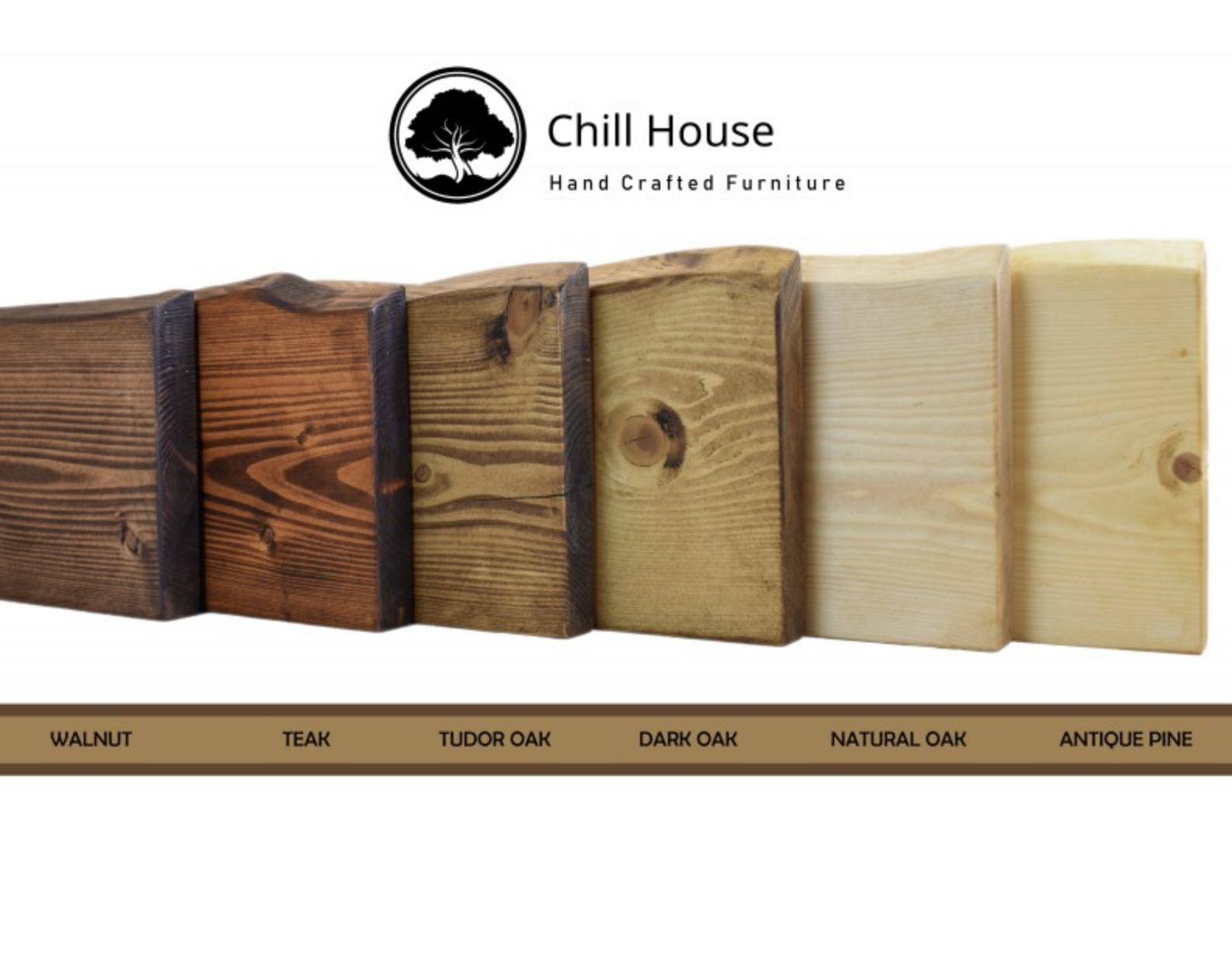
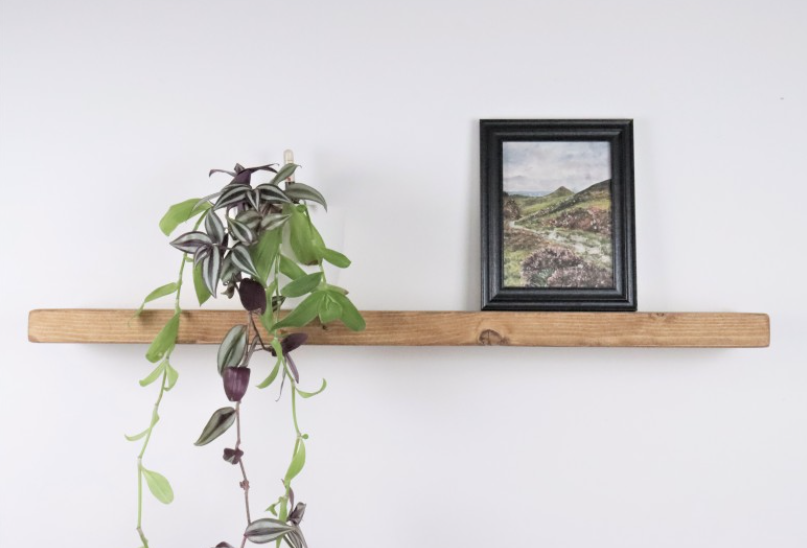

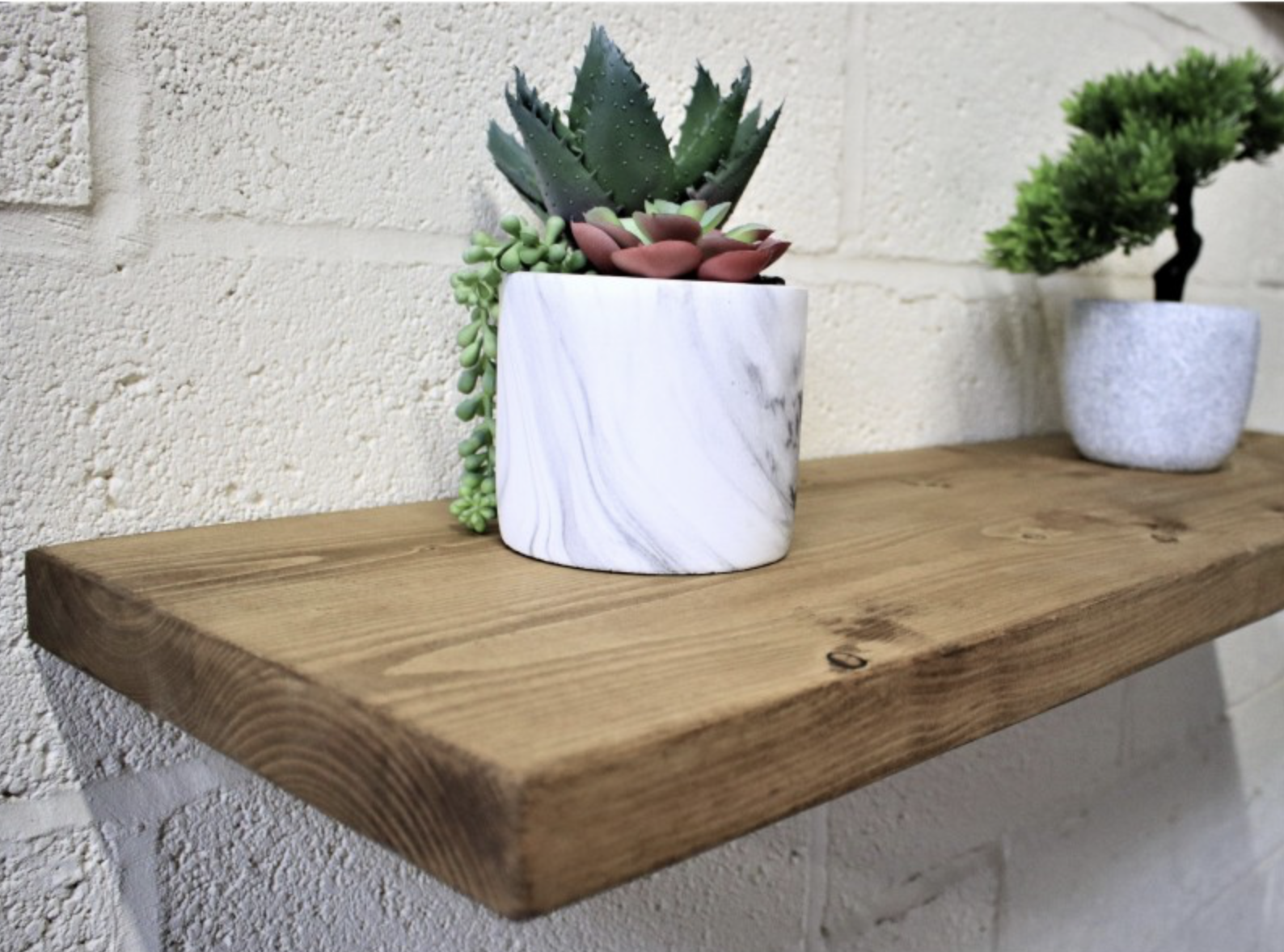
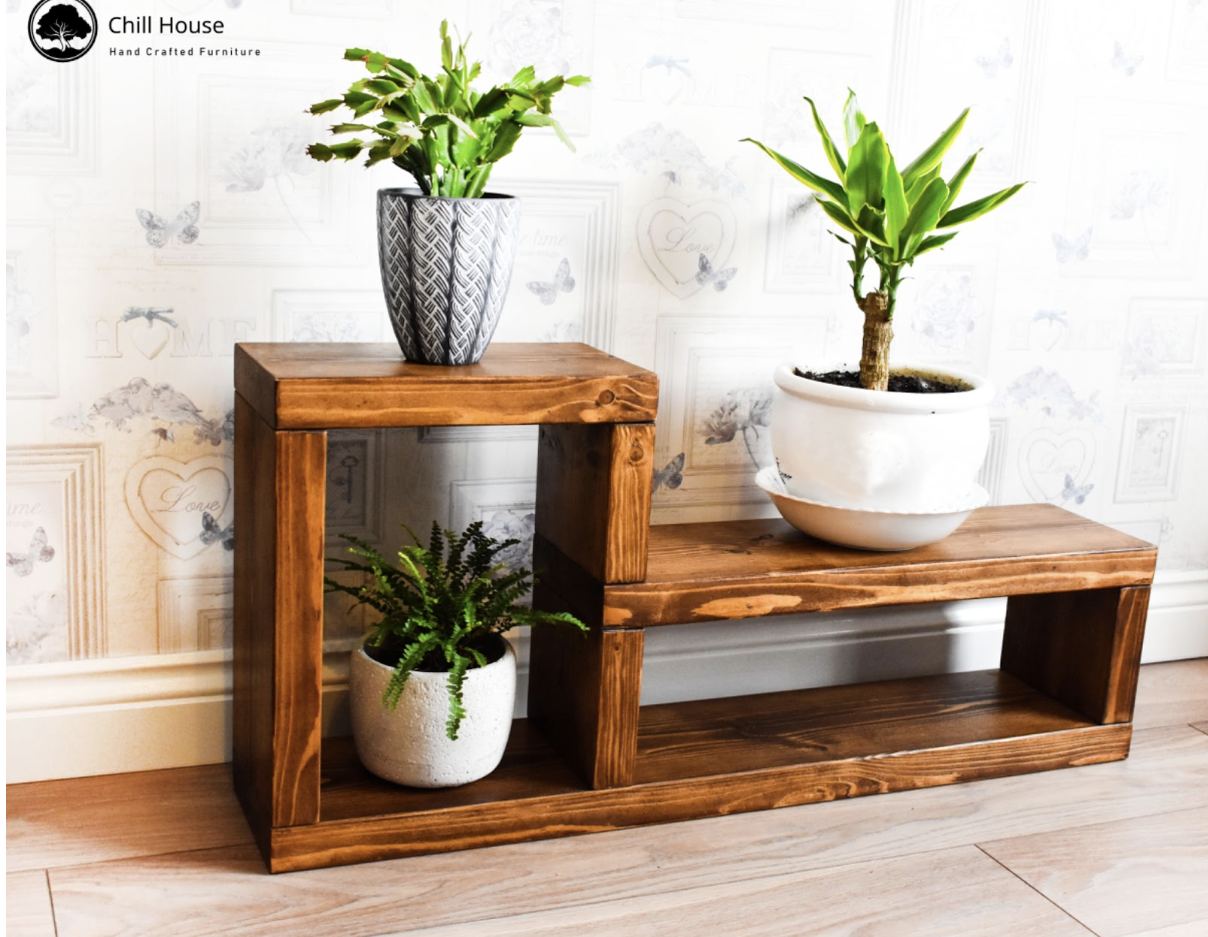
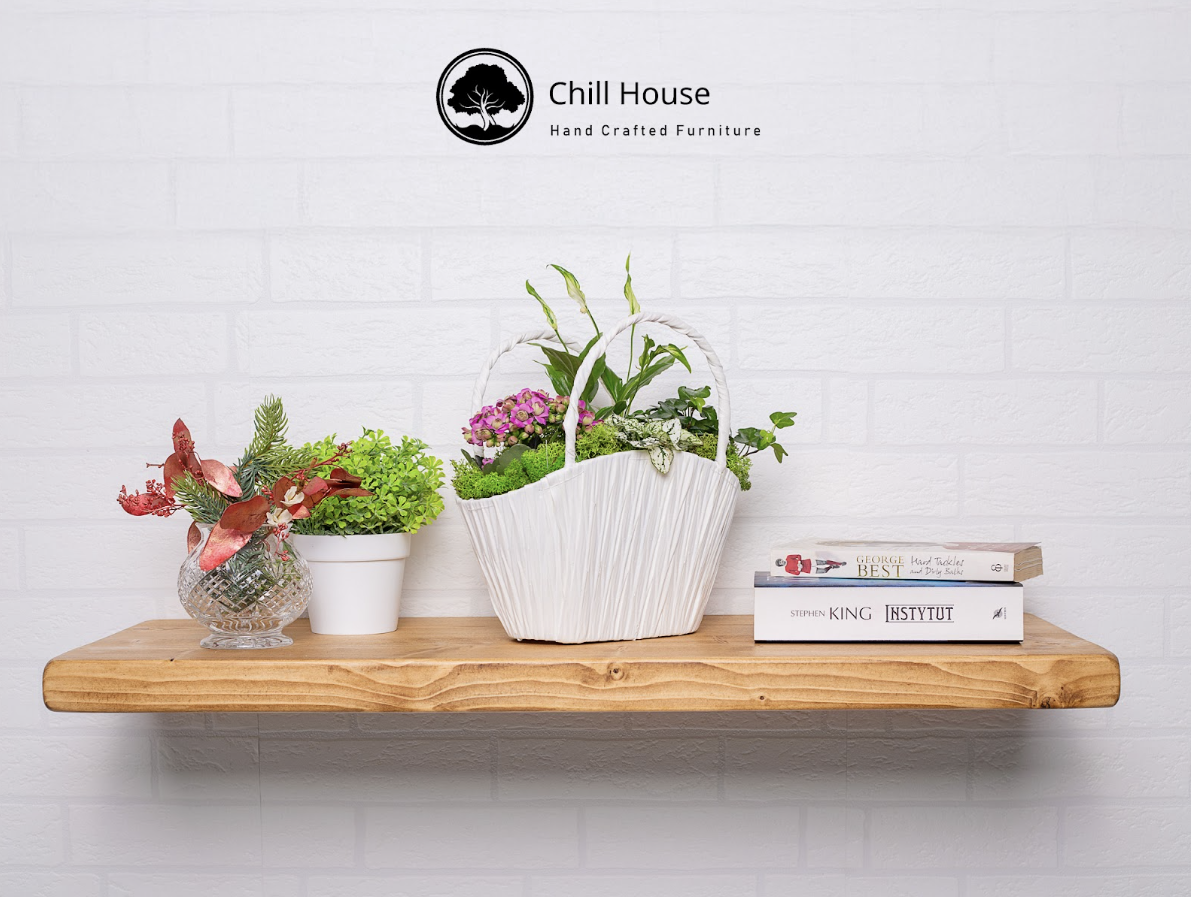









Leave a comment